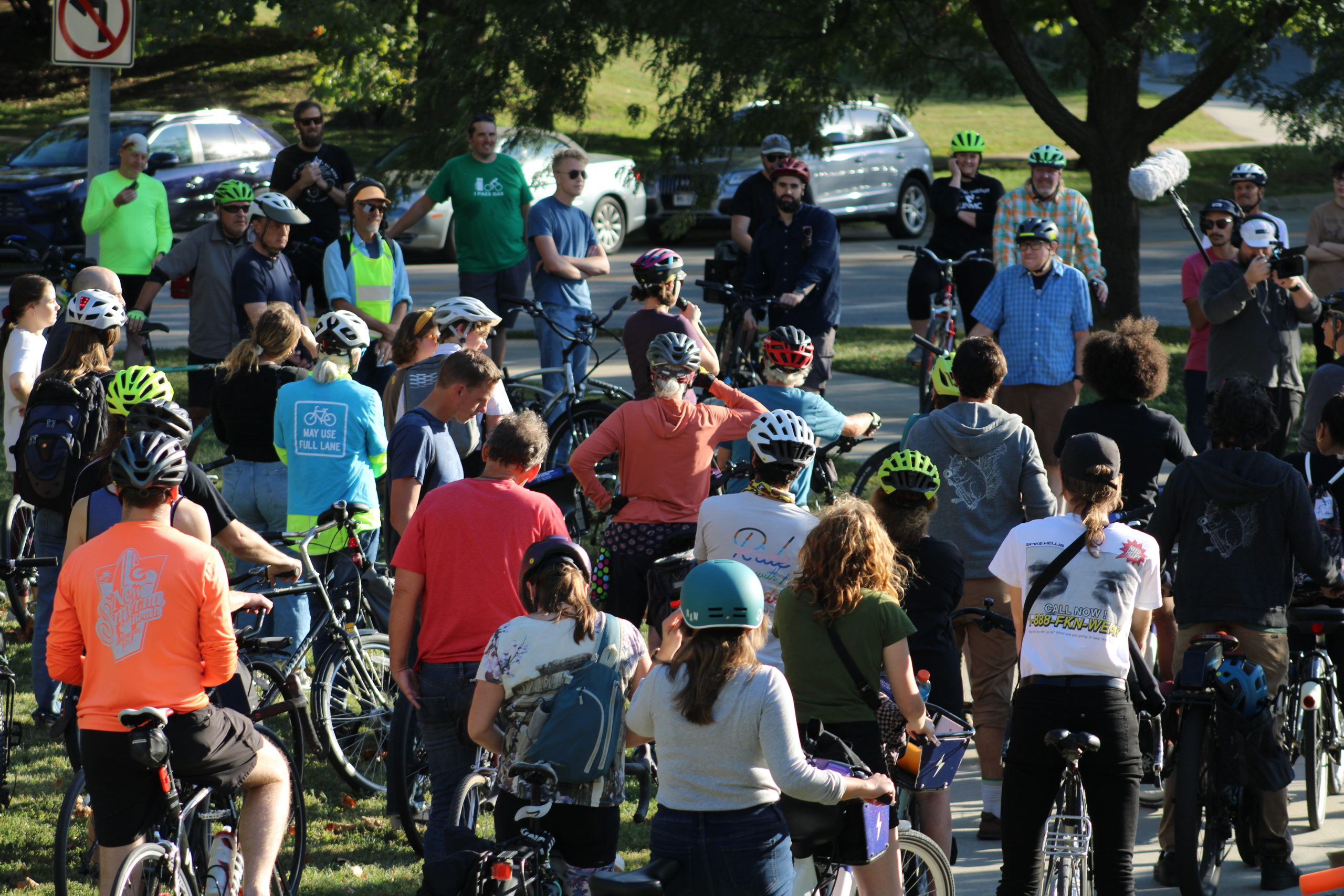During the last race for Mayor of Omaha, an undisputed detail of the state of the city’s transportation infrastructure is that we, as a city, are more than a half century behind schedule resurfacing our vehicle lanes. And the breakdown of vehicle lanes leads to our annual vehicle lane issue of winter potholes. Mayor Stothert recognizes that the resurfacing backlog is an issue that requires action. She has nearly doubled the budget for resurfacing projects in her time in office from $6.6 million to $12 million.
In her first term, Mayor Stothert reports that she spent $44.6 million resurfacing 400 lane miles throughout the city. That roughly works out to 100 lane miles per year at a cost of $111,500 per lane mile. According to public works, the city currently maintains 4823 lane miles throughout the city. A well maintained road should last approximately 20 years, depending on environmental conditions and use. Let’s look at the math and see where we end up.
First, if we are only resurfacing 100 lane miles per year, it will take 48 years to resurface all the lanes currently being maintained by the city. That’s well beyond the expected useful life of our streets. But let’s assume the demand for resurfacing continues at a consistent rate, and we are going to resurface on the anticipated schedule of every 20 years. The 4823 lane miles multiplied by the $111,500 per lane mile cost gives us a total of $537,764,500 to resurface all the current lanes. To meet the goal of resurfacing all the lanes every 20 years (and assuming a consistent rate of demand) we would need to be spending $26,888,225 every year, or more than twice the current budget. And these numbers only account for resurfacing; some roads will need to be entirely replaced at a higher cost per lane mile.
Add to that, additional development and planned widening projects and we find ourselves in a situation where spending more than twice what we have currently budgeted wouldn’t be enough to resurface on schedule, much less catch up the deficit. These numbers don’t include the estimated $300 million required to bring the 300 miles of unimproved streets up to standard, which, if done over a 20 year time horizon, would add another $15 million to the budget, each year.
Mayor Stothert did not create this problem, and her priorities over the last five years have showed an effort to do more to close up the maintenance deficit. As the numbers show us, there is still a long way to go, and making maintenance a priority over expanding capacity is probably a good place to start.
A special thanks to Lee Meyers for his contributions to this post.

